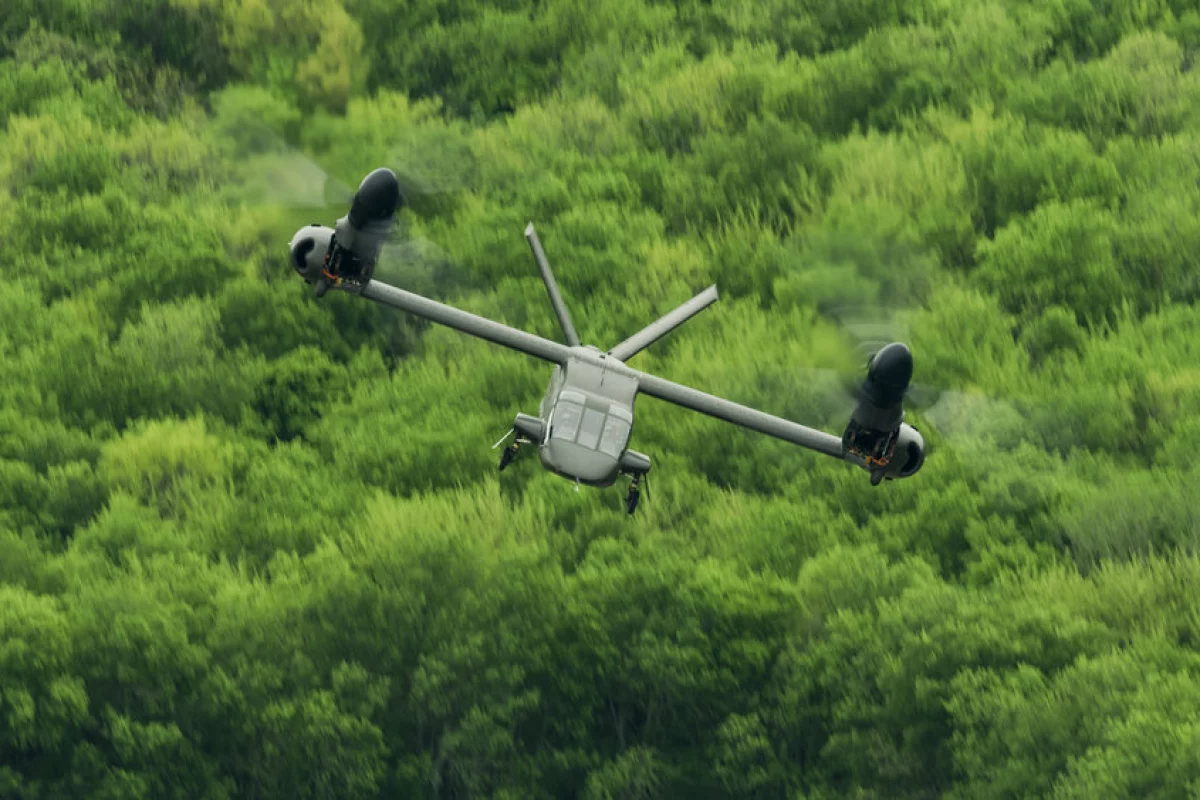After years of testing and deliberation, the US Army has made the US$1.3-billion decision to select the Bell V-280 Valor tilt-rotor craft to replace the Army's 2,000 UH-60 Black Hawk utility helicopters and 1,200 AH-64 Apache assault helicopters.
The new development contract for the Army's Future Long-Range Assault Aircraft (FLRAA) program is part of the Joint Multi-Role Technology Demonstrator (JMR TD) program that was initiated in 2013 to design, build, and flight test prototype candidates to replace the Army's current inventory of utility and long-range assault rotorcraft.
Now that the V-280 has been selected, funding will go towards advancing the rotorcraft to production by refining its weapon system design, sustainment, digital enterprise, manufacturing, systems integration, flight-testing, and airworthiness qualification.
Carrying a crew of four and up to 14 troops, the V-280 Valor may resemble the Bell Boeing V-22 Osprey, but it differs in a number of important respects, including lighter weight thanks to the extensive use of composites and having its twin Rolls-Royce AE 1107F turboshaft engines mounted in fixed position in the rotor nacelles while the rotors tilt. This has not only reduced the weight, it has also reduced the cost of the V-280 by 30 percent compared to the Osprey.

The V-280 Valor has a cruising speed of 280 knots (320 mph, 520 km/h), a service ceiling of 6,000 ft (1,800 m) in hover out of ground effect at 35 °C (95 °F), a combat range of up to 920 miles (1,480 km), and a ferry range of 2,400 miles (3,900 km). By using twin engines with shared drive shafts, both rotors can be run by a single engine in the event of a mechanical failure, as well as giving the rotorcraft a lift capacity of about 10,000 lb (4,500 kg) at a speed of 150 knots (170 mph, 280 km/h).
"This is an exciting time for the US Army, Bell, and Team Valor as we modernize the Army’s aviation capabilities for decades to come," said Mitch Snyder, president and CEO of Bell. "Bell has a long history supporting Army Aviation and we are ready to equip Soldiers with the speed and range they need to compete and win using the most mature, reliable, and affordable high-performance long-range assault weapon system in the world."
Source: Bell
Update (Dec. 8, 2022): This article originally stated that the engines were located inside the fuselage, which is incorrect. We apologize for the error, which has now been corrected, and thank the commenters who pointed it out.





